While browsing Amazon recently, I stumbled upon Martin Jacques’ book When China Rules the World, which appears to be the latest in a long line of books devoted to explaining why China will, within a few years, control every man, woman, and child on the planet. When I did a quick search for the book in my local library’s online catalog (I never buy books if I can help it), I found that it had twenty-seven holds. Of course, I could just settle for another of its kind, since they are legion:
But for whatever reason, I have my heart set on the Jacques. When I mentioned the twenty-seven holds to a friend of mine, we got into a discussion about to what extent all of this China anxiety is actually warranted. My friend dismissed most of the hype, saying instead that he has his money on another burgeoning Asian powerhouse—India. While there are also books devoted to enumerating the reasons India will ascend to the position of global badass supreme, in my experience India simply isn’t invoked as often as China when someone wants to trumpet the economic decline of America and the concomitant ascendency of an exotic foreign power.
It’s all about China, for some reason. Why?
Perhaps it was the Olympics. Since that opening ceremony of jaw-dropping proportions, China has been front and center when it comes to speculations about the future of the global economy. The 2008 Summer Olympics in Beijing showcased China’s sheer manpower and cultural richness, with hundreds of Chinese citizens participating in elaborate choreographed dances and demonstrations.
But is the hype about China warranted? Is China really positioned to become the next global superpower, poised to surpass the United States in just a few years? Well, the question looks to be more debatable than most have suggested. From what I’ve read, I’ve found that James Fallows at The Atlantic has a pretty balanced understanding of China’s position. Recently, he cited three “sensible” articles on China:
According to the Pettis piece, a recent op-ed by Paul Krugman of the New York Times, and a recent editorial by the New York Times, China has been artificially deflating the value of their currency, the renminbi. Doing so keeps China strong economically (or, at least, maintains the appearance of strength) because it stimulates exports. Weaker renminbi means cheaper manufactured goods, which means more exports, which means more income from exports for Chinese companies.
Whereas the Qiu and Pettis articles focus on very specific socioeconomic threads, the Mufson/Pomfret piece provides a broader analysis of the general attitudes towards the PRC. Here are just a few of the more interesting snippets from the Mufson/Pomfret:
“But the notion that China poses an imminent threat to all aspects of American life reveals more about us than it does about China and its capabilities. The enthusiasm with which our politicians and pundits manufacture Chinese straw men points more to unease at home than to success inside the Great Wall.” (Quote from Elizabeth Economy, the director for Asia Studies at the Council on Foreign Relations)
“This is not to say that China isn’t doing many things right or that we couldn’t learn a thing or two from our Chinese friends. But in large part, politicians, activists and commentators push the new Red Scare to advance particular agendas in Washington. If you want to promote clean energy and get the government to invest in this sector, what better way to frame the issue than as a contest against the Chinese and call it the “new Sputnik”? Want to resuscitate the F-22 fighter jet? No better country than China to invoke as the menace of the future.”
If we take what Mufson’s saying to be true, then clearly there’s a lot of manipulative hype floating around about China. And if we consider Krugman, Pettis, and Mufson/Pomfret’s perspectives together, we see a China who may be inviting some of this false hype.
What does this fear mongering and misrepresentation mean for Asian American literature? Well, it brings up questions of perception, expectation and obligation. Most Asian American writers can probably attest to the fact that, very often, Western audiences find it difficult to process works by Asian Americans independently from their country of origin. With China and its recent events, there is the growing danger that Western audiences will misstep when processing works by Chinese Americans because Westerners’ perceptions of Chinese Americans will largely be extensions of their perhaps misguided perceptions of China the country.
The Chinese American experience in America is ripe with material, of course, and it’s not necessary to flock to and circle around China’s economic issue, even though it is so front-and-center in the media. But then the question becomes: how do you maintain a conversation separate from a subject that’s become so prominent? Are you dooming yourself to irrelevance by ignoring the elephant in the room? Perhaps not. Perhaps by deliberately sidestepping the issue, you’re doing what needs to be done: avoiding the obvious topic in favor of advancing a deeper kind of conversation about the Asian American experience–one that pushes beyond the headline makers.
I would suggest that when we—Americans—talk about China, we’re not just talking about a rising economic superpower, we’re also talking about a whole slew of cultural and ideological assumptions and juxtapositions that may be founded upon false or distorted premises. And the fallout may now be influencing experiences outside of China. In the end, it’s not just a conversation about the renimbi or the future economic landscape but also a conversation about perceptions of otherness, both cultural and ideological, getting appropriated to advance the agendas of a group.
Still, the conversation is an ongoing one, and it’s open for debate.
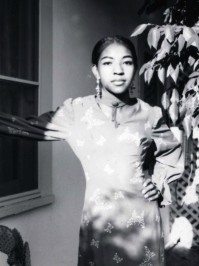
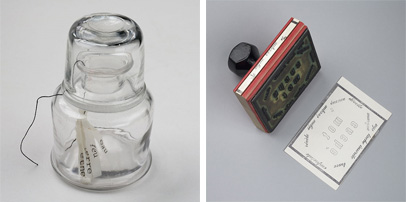
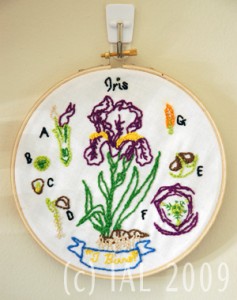
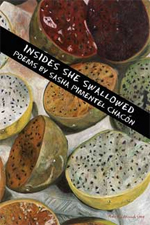
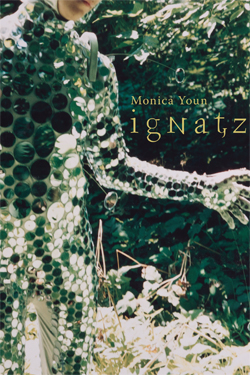

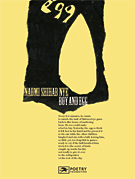
 Li-Young Lee – “Every Circle Wider”
Li-Young Lee – “Every Circle Wider” Jeffrey Yang – “Wolf Shadow”
Jeffrey Yang – “Wolf Shadow”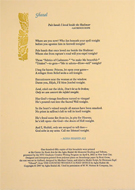 Agha Shahid Ali – “Ghazal”
Agha Shahid Ali – “Ghazal” Oliver de la Paz – “If Given” and “Fury”
Oliver de la Paz – “If Given” and “Fury”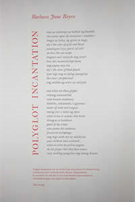 Barbara Jane Reyes – “Polyglot Incantation”
Barbara Jane Reyes – “Polyglot Incantation”